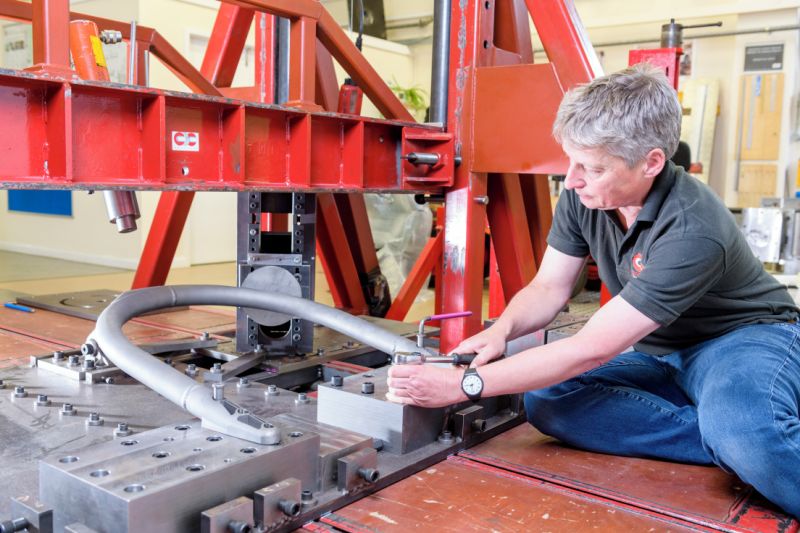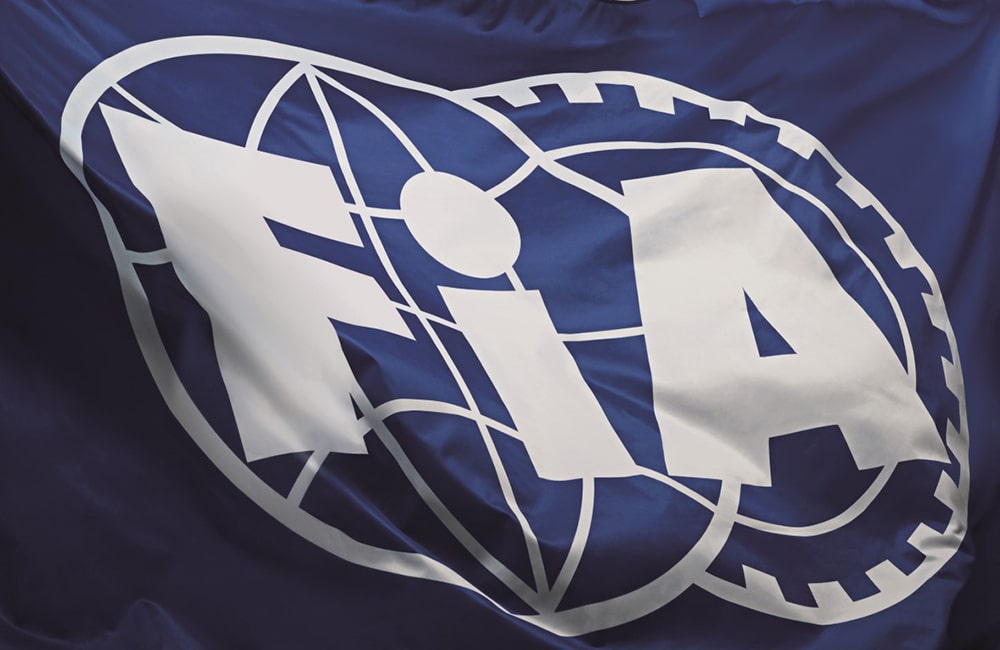In the high-octane world of motorsport, where precision and performance reign supreme, achieving excellence is a relentless pursuit. Ensuring that racing machines meet stringent standards of safety, performance, and fairness is a paramount concern. Enter the Fédération Internationale de l’Automobile (FIA) homologation process—a rigorous system that sets the stage for competitive equality and technical mastery in the realm of motor racing.
At its core, FIA homologation serves as the hallmark of quality and uniformity within the motorsport industry. By establishing a comprehensive set of regulations and procedures, the FIA ensures that participating vehicles conform to a standardised level of excellence. These regulations encompass a wide range of aspects, including safety, performance, design, and durability, ensuring a level playing field for all competitors.
Safety takes centre stage in the FIA homologation process, since motor racing is inherently dangerous. The FIA mandates a plethora of safety features that must be present in homologated vehicles. From roll cages and fire suppression systems to impact-absorbing materials and safety harnesses, these measures are designed to mitigate the risks associated with high-speed racing and provide a comprehensive safeguard for all involved.
However, FIA homologation is not solely concerned with safety. Performance is another pivotal facet that the FIA scrutinises with great rigor. To ensure fairness and to maintain a level playing field, the FIA prescribes regulations governing engine specifications, aerodynamics, weight distribution, and other technical aspects. By imposing these regulations, the FIA ensures that no competitor gains an unfair advantage through technological superiority, thus fostering an environment where driver skill and team strategy take precedence over mere horsepower.

The FIA homologation process also extends its reach into the realm of design. Striking a balance between aesthetics and functionality, the FIA mandates that homologated vehicles possess certain design characteristics that contribute to their performance and safety. For instance, aerodynamic elements such as spoilers, diffusers, and wings must be meticulously crafted to optimise downforce and stability, allowing vehicles to navigate corners at blistering speeds. Moreover, the FIA mandates specific dimensions, weight limits, and material requirements to ensure uniformity and fairness among all competing vehicles.
Durability is yet another vital aspect addressed by the FIA homologation process. Racing places immense stress on vehicles, pushing them to the limits of their capabilities. To withstand the gruelling demands of the track, homologated vehicles must adhere to strict durability standards. From suspension components and braking systems to the chassis itself, each aspect is thoroughly scrutinised to ensure resilience and longevity, reducing the risk of mechanical failures that could compromise the safety of drivers and the integrity of the competition.
The process of FIA homologation is a meticulous one, with multiple stages designed to validate the compliance of racing machines. Manufacturers of motorsport components seeking homologation must submit detailed technical documentation, including engineering drawings, specifications, and performance data. The FIA then conducts rigorous inspections, which may involve physical examinations, testing, and even destructive analysis to verify the integrity of the submitted information. Through this comprehensive evaluation, the FIA upholds its commitment to maintaining the highest standards of excellence in motorsport.
While the FIA homologation process may seem daunting, it plays an indispensable role in the realm of motorsport. By providing a framework of regulations and technical standards, the FIA ensures fair competition, driver safety, and technical innovation. Furthermore, the pursuit of homologation drives manufacturers and motorsport suppliers to constantly refine and push the boundaries of performance, resulting in advancements that eventually trickle down to the consumer performance parts market.
